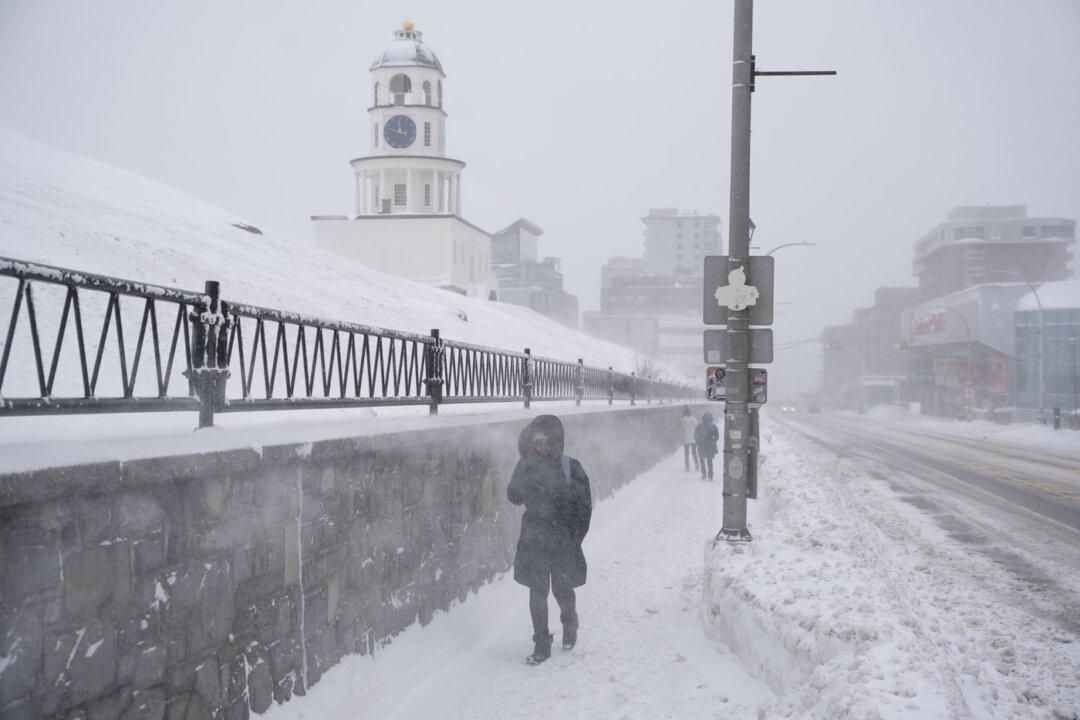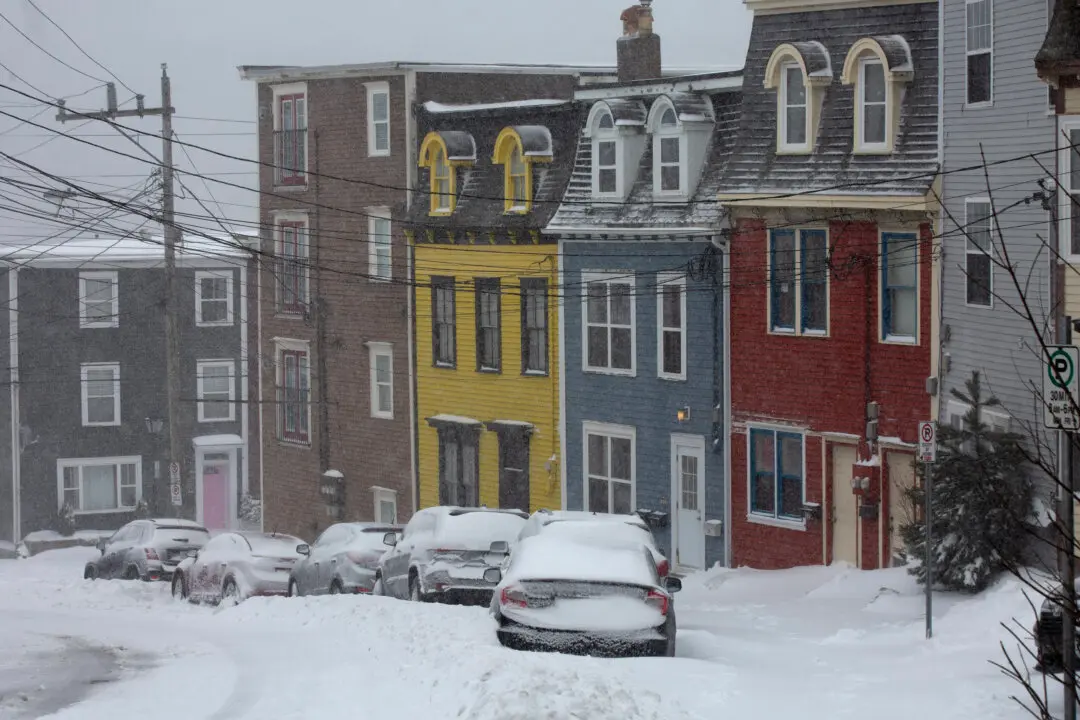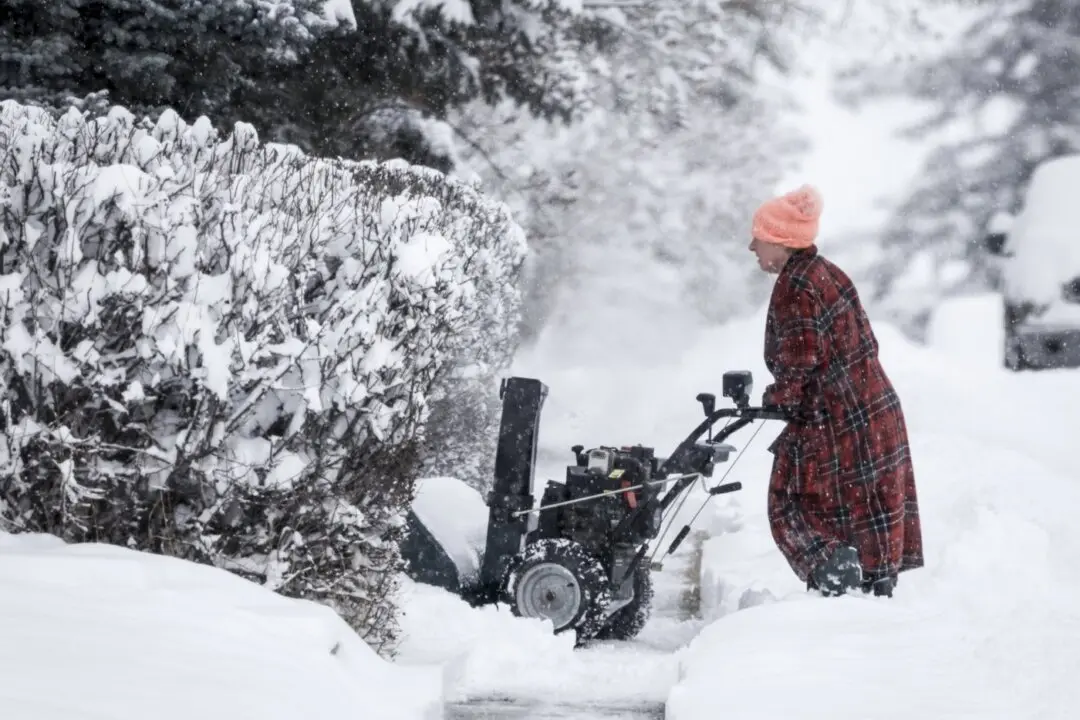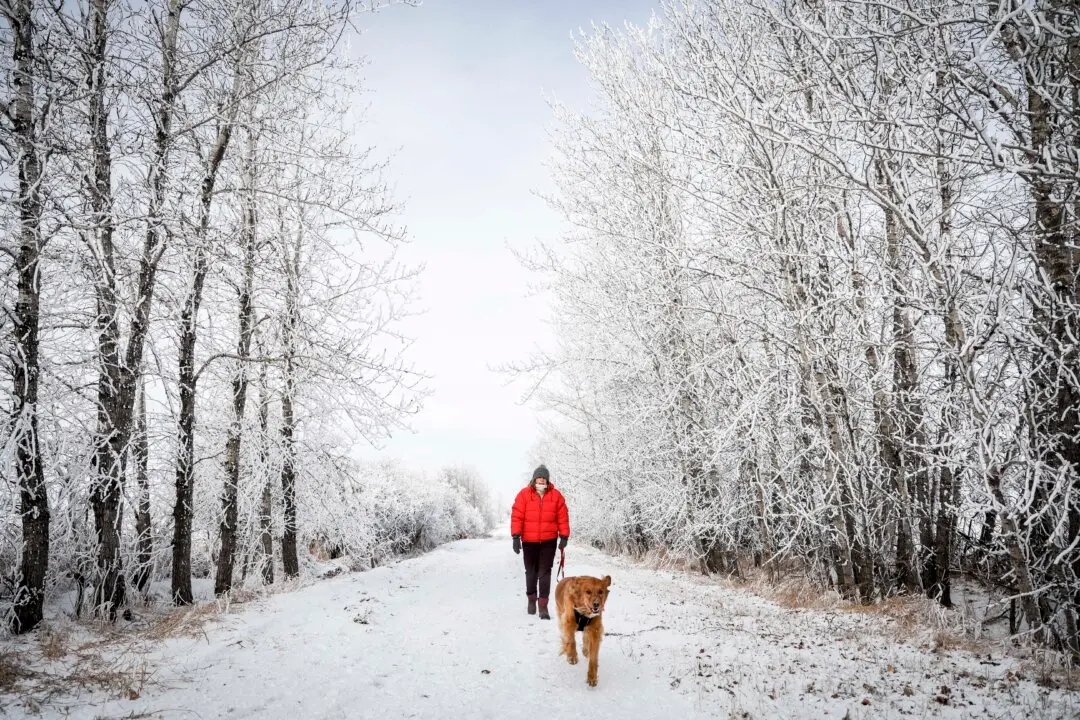A local state of emergency remained in effect in parts of Cape Breton on Feb. 5 morning, as Nova Scotia dug out from one of the heaviest snowfalls in 20 years.
On Feb. 4 afternoon, as a stalled low-pressure system continued to dump snow on the island for a second day, the Cape Breton Regional Municipality urged people to stay at home.





